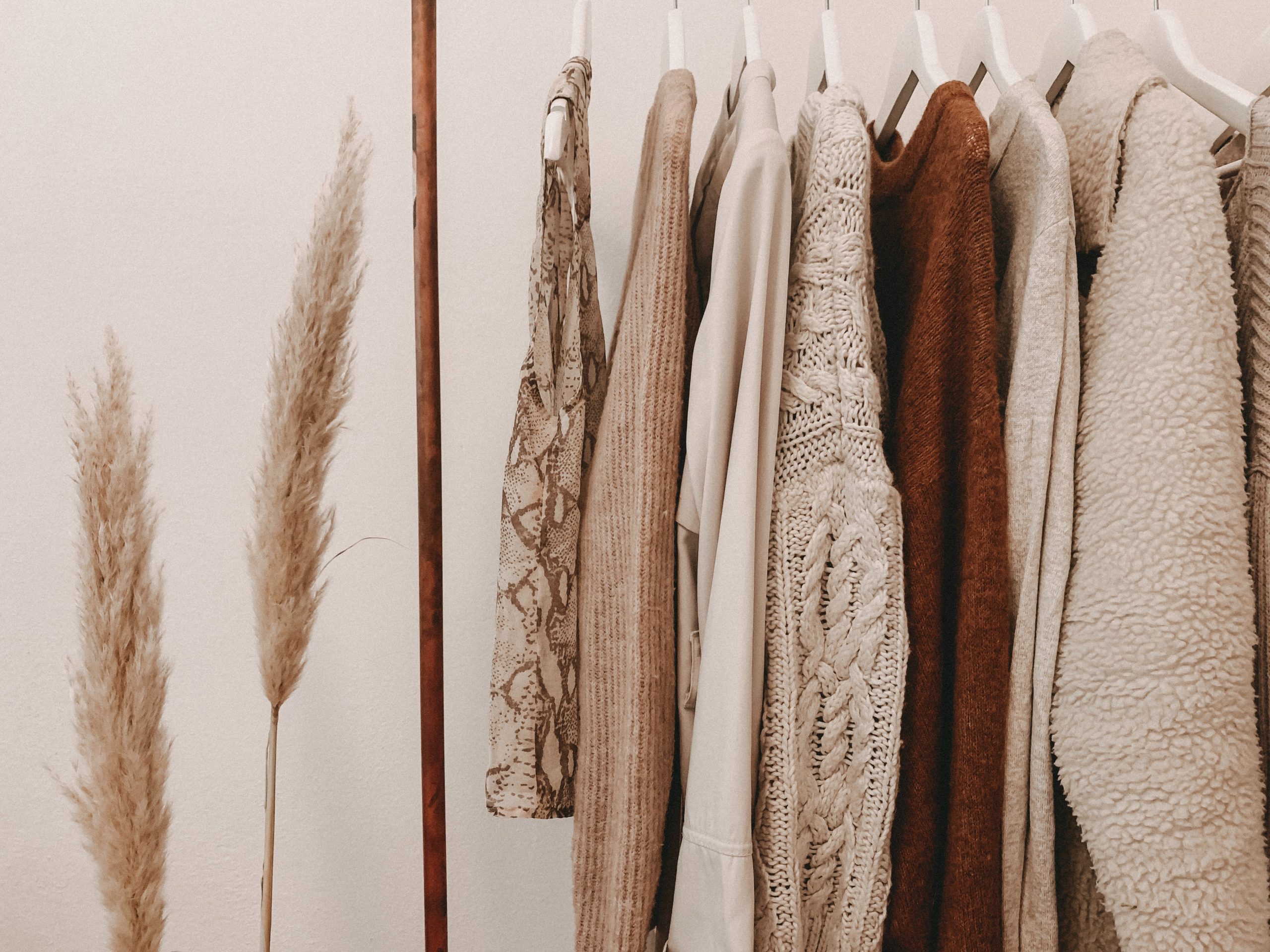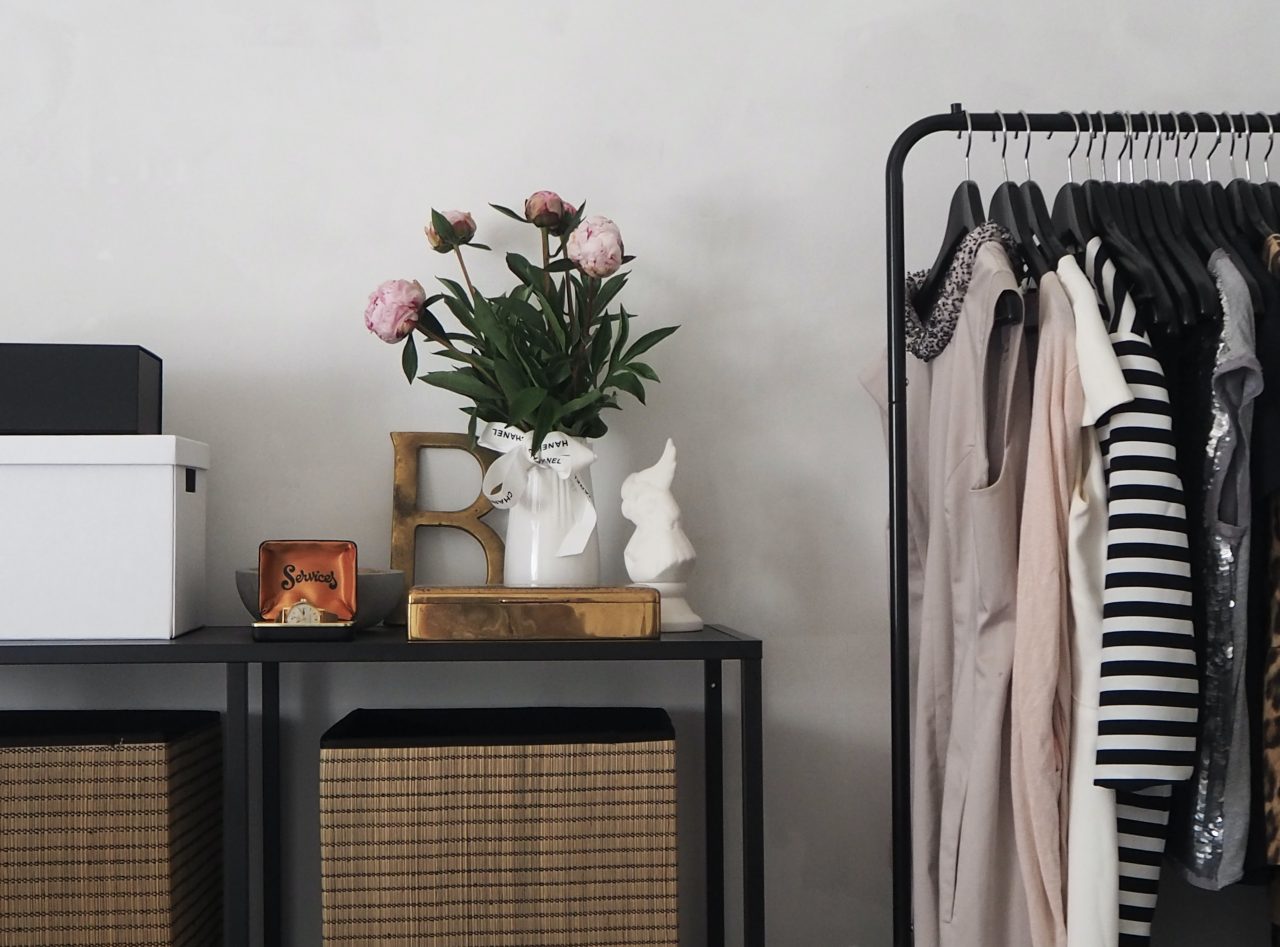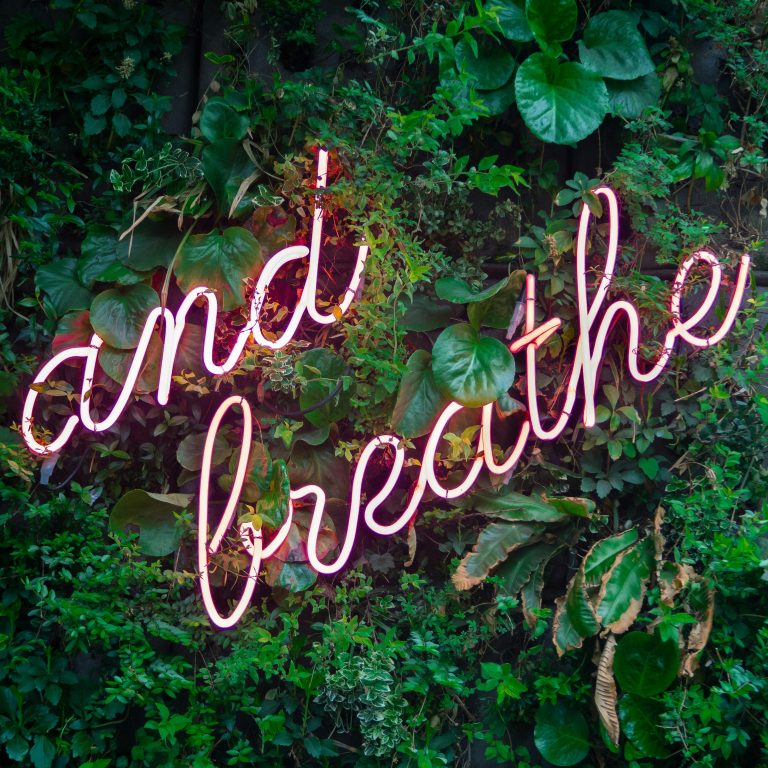Now we’re officially in Spring, we’ve moved to that period of the year where it’s tricky to find the right outfit. One minute it’s wonderfully warm and sunny, the next icy cool and that can just be from moving into the shade. That’s why at this time of year it’s all about creating a transitional wardrobe based around key items that can be used in different ways dependent on the mood of the weather. As ever, there are more options with women’s clothing than there is with men’s, which can be both liberating and slightly terrifying as you try to work out what’s going to be a good investment for not only this season but to take you onward into the warmer summer months. Here are three tips to help you with creating a transitional wardrobe for Spring/Summer this year that’ll work for you for months…
1. Dress To Impress
If ever there was a time for dresses to be used; transitional periods are definitely it. Now, we all know that there are hundreds of different styles of dresses for women, and some of those will be more or less suitable. For transitional wear, you want to think about dresses that you’d be comfortable wearing on a summer’s day – it’s warm, you’re bare legged, you’re not on holiday (lets not go FULL summer just yet). Now think about how you can use different elements with them to make them Spring/Summer suitable; try a t-shirt under a strappy dress, a cropped jacket over a fitted maxi, a slouchy cardigan with that shift dress, leggings with the skater style, tights and boots with the mini. Dresses are an incredibly flexible and forgiving wardrobe piece because they can be worn in so many different ways and paired with brighter or more muted colours to fit different occasions. Then, as we move into the warmer summer months simply take it back to wearing just the dress itself before moving back to pairing it in the Autumn… make that dress work hard for you!
2. Layer It Up
Layers, layers, layers and again layers. Changing temperatures mean that light layers are far more useful to you than wearing a single thick item, particularly if you’re going in and out of buildings and offices. Focus on layering up the top part of your outfit, using different textures and fabrics to build up – for example, a short sleeved silky shell top, followed by a light knit cardigan and topped with a sleeveless jacket would provide you with a warm core for the cooler temperatures and flexibility for warmer moments. Mixing textures helps to ensure that each layer not only provides warmth but helps to create interest and a fresh look when you remove or add a component; win win.

3. Think Tonal
It’s tempted when the weather gets that bit nicer to start cracking out the brighter colours and stronger prints, but to create a transitional wardrobe that’s going to see you through, it’s worth thinking about tonal items. What does this mean? It means that you want the main items in your wardrobe to be base colours that you can then pair with key pieces to bring pops of colour or pattern. Your base items are the workhorses of your wardrobe; a classic beige trench coat, blue denim jeans, a cardigan that works with many different tops. By being clever about your base wardrobe items, you’ll be able to use these in outfit after outfit, allowing you to splash out on a couple more season specific items as you go through the year. It also makes it simpler for you to pull outfits together if you keep your key wardrobe pieces tonally similar – i.e. do you wear softer colours (muted tones) or slightly harder colours (less muted tones). This can make layering items far simpler and ensure that your accessories work well with various different looks.









No Comments